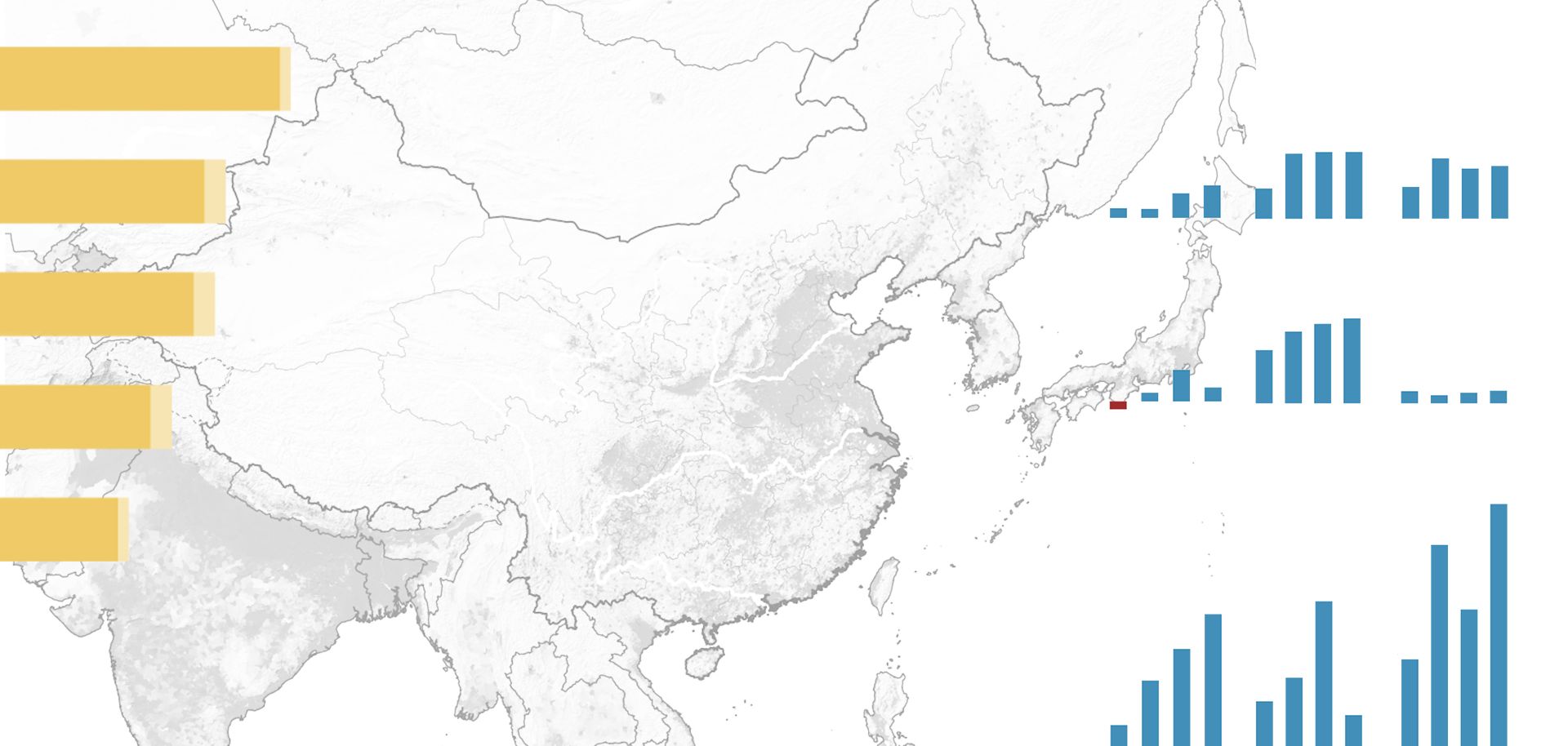
Sustained economic development has been a relentless challenge for Mexico. Mexico's slow development (compared to its northern neighbor) is in large part due to its geographic challenges. Whereas the United States has a massive agricultural heartland divided by a highly navigable river, Mexico lacks both a concentrated breadbasket as well as a navigable river network. The geographic advantages of the United States have been rooted in the ease of transport. With the Mississippi River bisecting the U.S. agricultural heartland, access to international markets was very simple — and cost only as much as it took to build a boat. Mexico, by contrast, must invest a great deal of capital for its road and rail networks. In their 300 years of ruling Mexico, the Spanish failed to develop any substantial transport networks, leaving the newly independent Mexico to start from scratch. With insufficient transportation infrastructure in place, Mexico's first decades of development were difficult. The cost of transporting goods from producing areas to consumer markets was prohibitive and reduced the profitability of private investment. Developing efficient transportation networks requires a massive amount of capital, which means that Mexico started out its independent statehood with no choice but to go deep into debt. Once Mexico is able to secure an influx of capital, however, it has generally been able to spur growth sufficiently to sustain a substantial long-term expansion. But without significant domestic capital reserves (or particularly easy ways of developing them), Mexico's development has been cyclical in nature, with booms followed by crashes as resources deplete.



